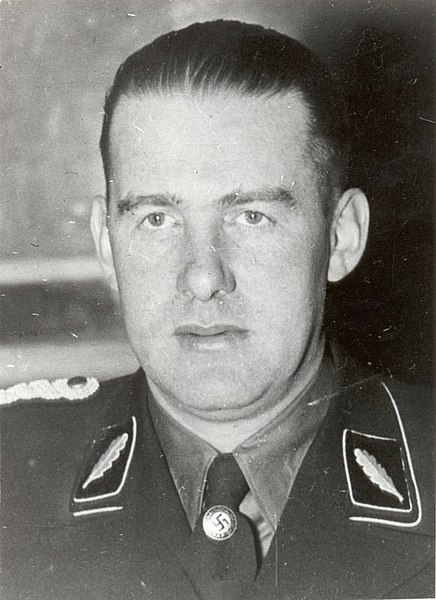
The devastation and horror of the Holocaust makes it difficult to truly wrap one’s head around its immense scale. Six million murdered Jews is a number so large that it is hard to comprehend, much less understand in detail. While there are many accounts of individual experiences, the wholesale destruction of the Nazi German documentation of their genocide has made it difficult to gauge the dynamics of their activities.
However, in a new study, Lewi Stone, Professor of Biomathematics at RMIT University in Australia, has used an obscure railroad dataset to reconstruct the size and scale of a specific action by the Germans in eastern Poland and western Ukraine in 1942. “Quantifying the Holocaust: Hyperintense kill rates during the Nazi genocide,” (Not paywalled. Yet.) published on 2 January in the journal Science Advances, uses train schedule data published in 1987 by historian Yitzhak Arad to track the geographical and temporal dimensions of some 1.7 Jews transported to the Treblinka, Belzec and Sobibor death camps in the late summer and early autumn of 1942.
This action, known as Operation Reinhardt, originated during the Wansee Conference in January 1942 as the plan to carry out Hitler’s Final Solution to exterminate Europe’s Jews. In July, Hitler “ordered all action speeded up” which led to a frenzy of roundups by SS (Schutzstaffel) groups from over 400 Jewish communities in Poland and Ukraine, and transport via 500 trains to the three camps along the Polish-Soviet border. In just 100 days, 1.7 million people had been relocated and almost 1.5 million of them were murdered (“special treatment” (Sonderbehandlung)), most upon arrival at the camps. This phase of Reinhardt came to an end in November 1942 because the Nazis had run out of people to kill.
This three-month period was by far the most intensely murderous phase of the Holocaust, carried out simultaneously with the German summer military offensive that culminated in disastrous battlefield defeat at the hands of the Soviets at Stalingrad at year’s end. 500,000 Jews were killed per month, or an average of 15,000 per day. Even parsed from the overall totals, these numbers remain hard to grasp.
Stone’s research is innovative and sobering. His article can currently be downloaded in PDF format. His piece in The Conversation includes interactive online charts. He also produced a video the presents his findings chronologically and spatially:
